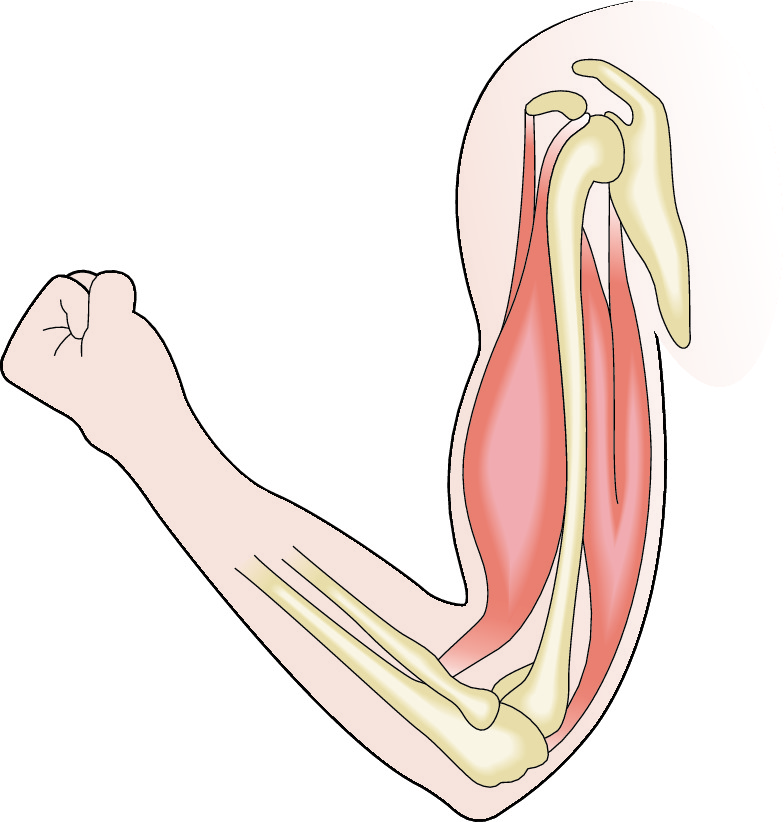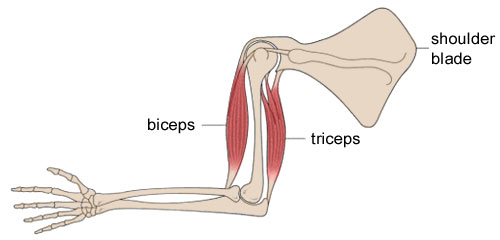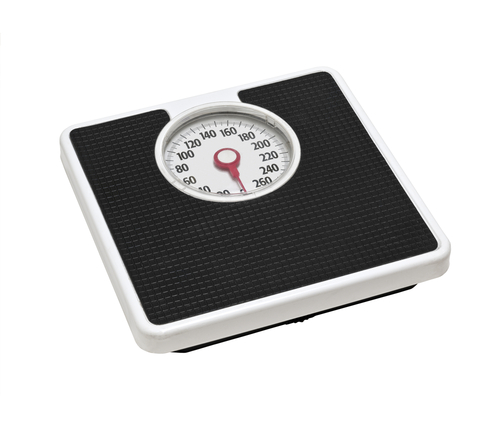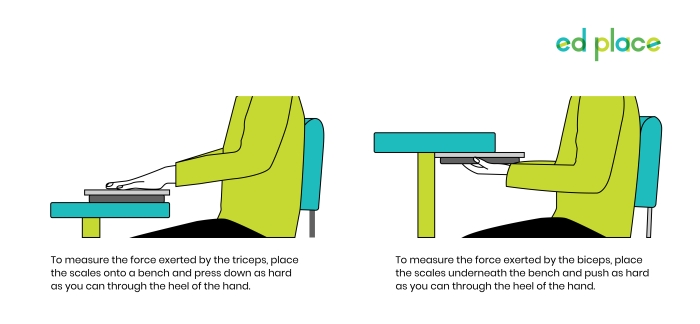Ms Clarke was teaching her class about muscles and bones and told her class that they interact with one another to allow movement. This is known as biomechanics.
.jpg)
She reminded her class about skeletal muscles which are the main group of muscles found in the body. Tendons attach muscles to the bone - these muscles allow us to move. You can see from the image below that when a muscle contracts, it gets shorter and thicker and ends up pulling on a tendon which pulls on the bone it's attached to, making it move. A force is produced by the muscle, which are measured in Newtons.

Ms Clarke said, "We're going to investigate the strength of two familiar skeletal muscles, the biceps and triceps."

The aim of our investigation is:
Determine the strength of the biceps and triceps muscles.
Mary and Betty are working together and came up with their prediction: The triceps will be stronger than the biceps.
Ms Clarke told them to add a reason for their prediction: The triceps will be stronger than the biceps because the triceps are larger than the bicep muscles. Now we call it a hypothesis.
The equipment to be used is a bathroom scale (though a Newton meter can also be used to measure the force of muscles).

Ms Clarke provides the class with a method:

To measure the strength of the triceps:
1. Place the scale on top of the table.
2. Press down as hard as you can with your hands flat on the scale.
3. Record the mass, normally given in kilograms if using a bathroom scale.
4. Convert the reading into Newtons by multiplying by 10 (for example if the mass is 16 kg, the force will be 160 N).
5. Repeat at least three times.
6. Swap with your partner to compare your muscle strength.
Then measure the strength of the biceps:
1. Place the scales underneath the table
2. Push upwards as hard as you can with your hands flat upwards on the scale.
3. Again, record the mass, normally given in kilograms.
4. Convert the reading into Newtons by multiplying by 10.
5. Repeat at least three times.
6. Swap with your partner to compare your muscle strength.
Mary and Betty carried out the investigation. Here are their results:
| Muscle | Force exerted by Mary (N) | Force exerted by Betty (N) | ||||
| Trial 1 | Trial 2 | Trial 3 | Trial 1 | Trial 2 | Trial 3 | |
| Triceps | 145 | 144 | 142 | 108 | 105 | 103 |
| Biceps | 140 | 135 | 132 | 90 | 89 | 87 |
In this activity, we're going to plan an investigation on the force exerted by muscles.








